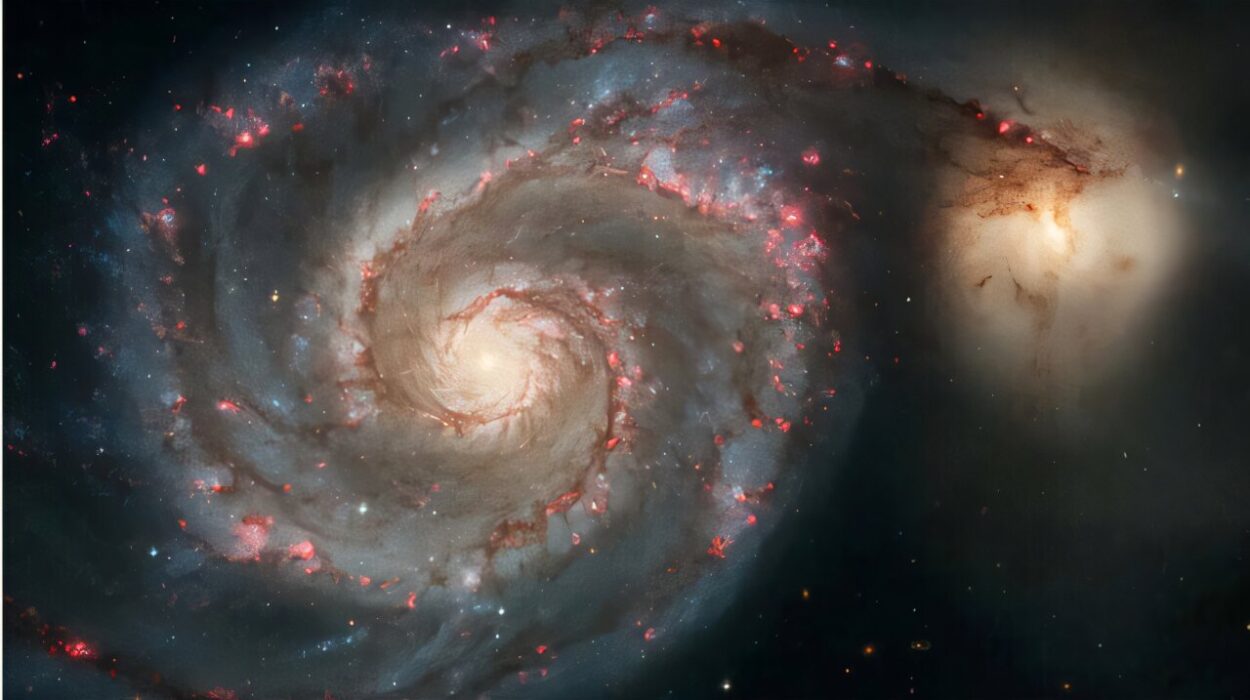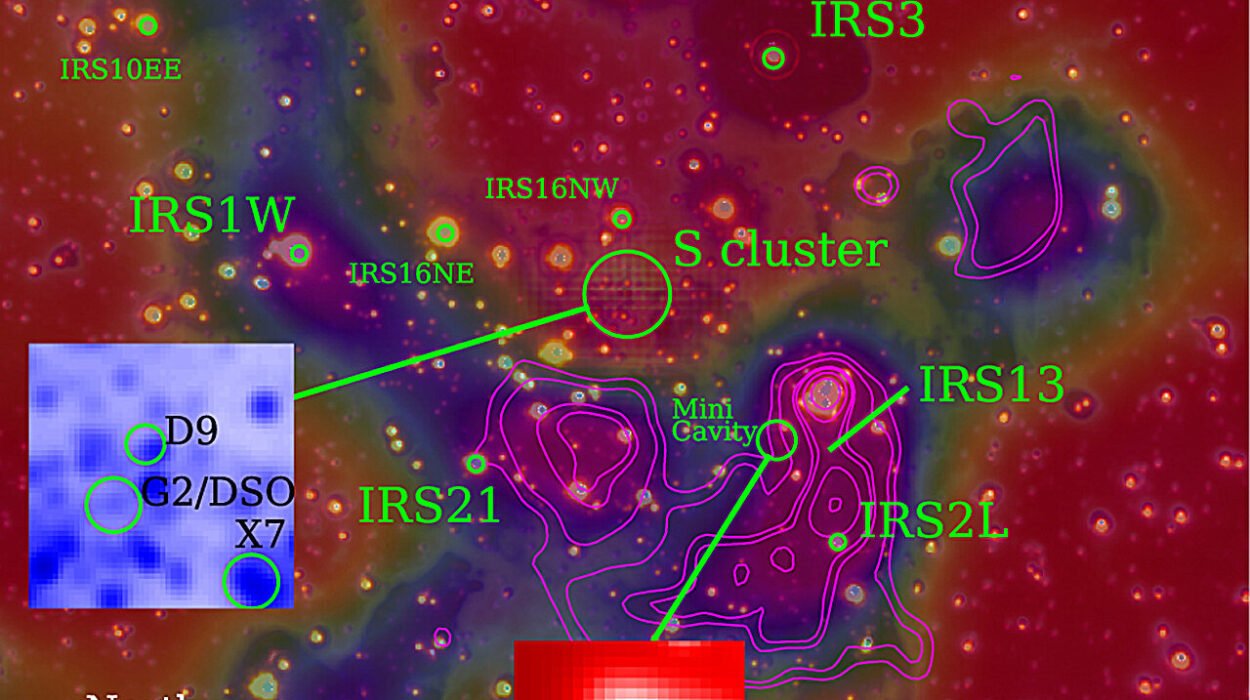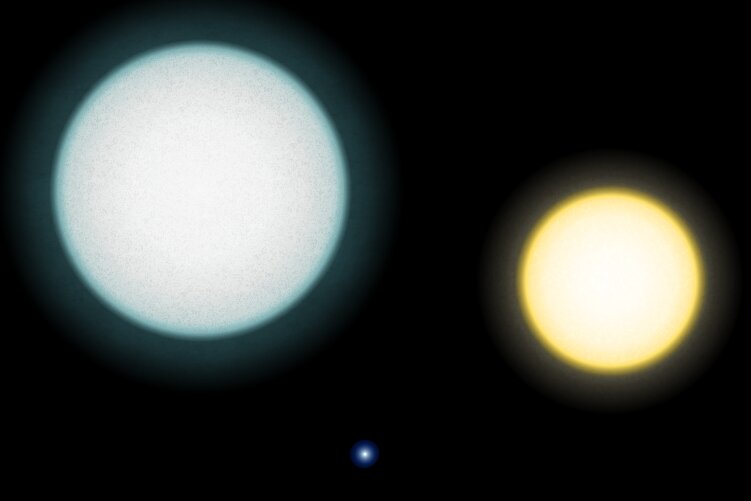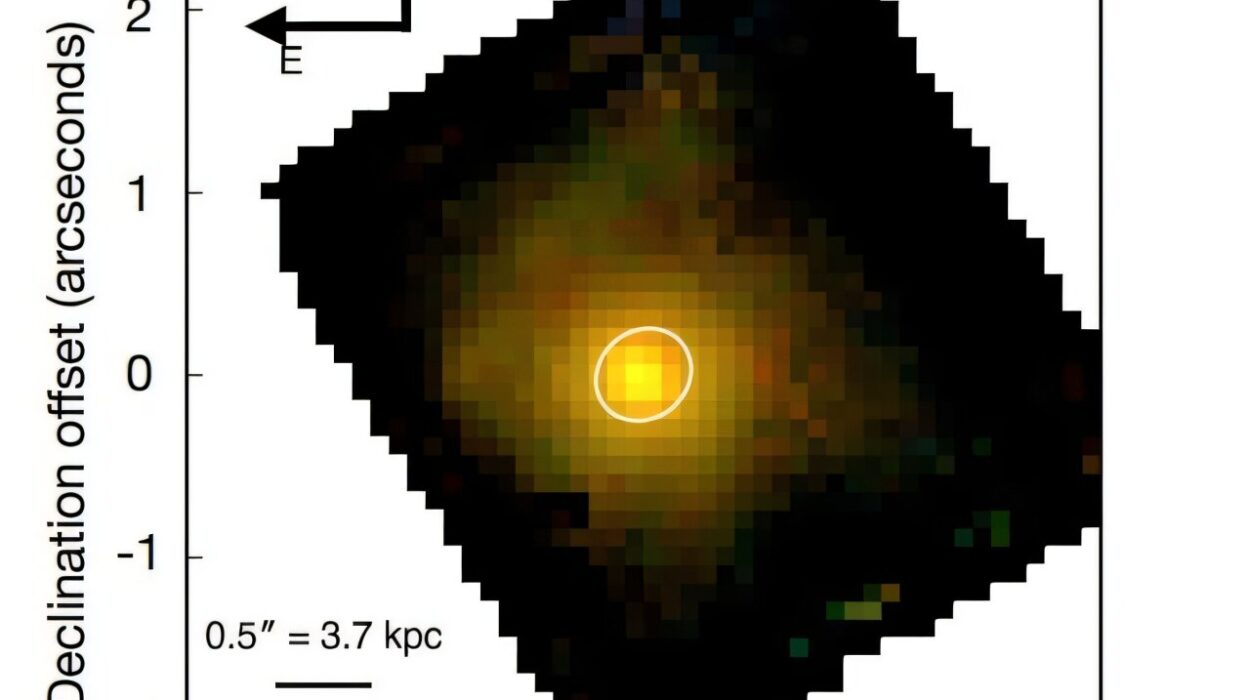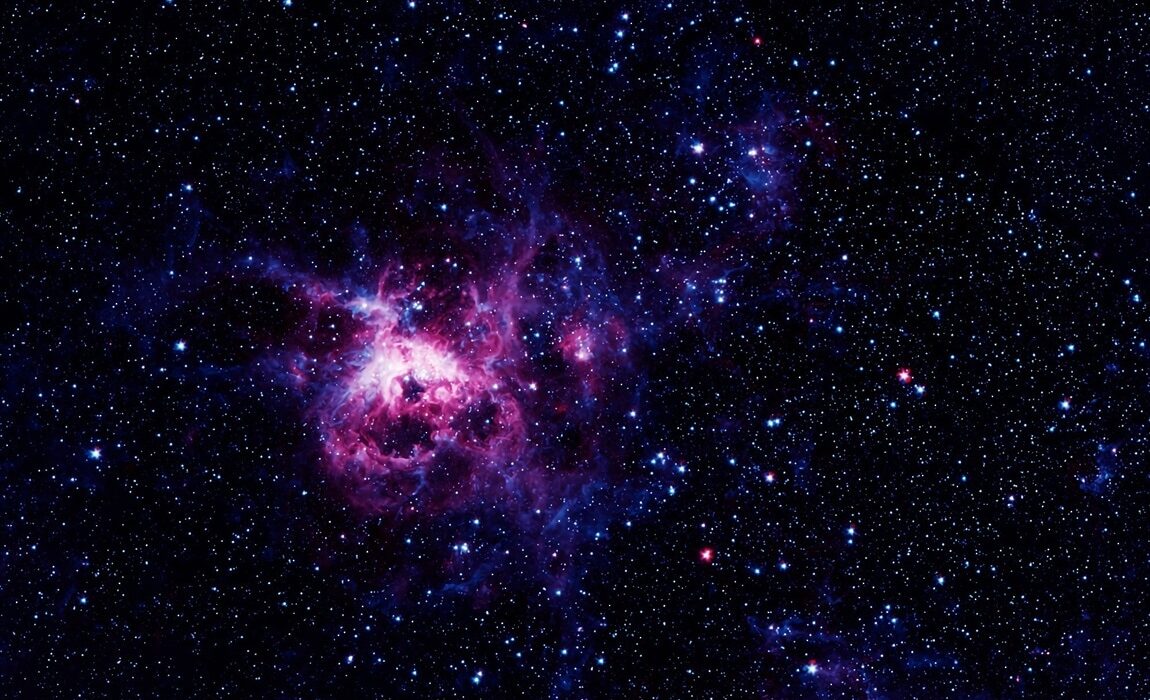The universe has always been a vast and mysterious place, with its most enigmatic objects being black holes. These cosmic giants, known for their immense gravity, have captured the imagination of scientists and laypeople alike for centuries. Yet, despite their prominence in astrophysical theories, black holes have remained elusive, difficult to study, and even harder to understand. However, in recent years, a groundbreaking combination of machine learning, astronomical data, and computational power has begun to change that.
In a stunning development, a team of astronomers led by Michael Janssen at Radboud University in The Netherlands has made significant strides in uncovering the secrets of black holes. By using a neural network trained on millions of synthetic data sets, combined with data from the Event Horizon Telescope (EHT), they have managed to make more precise predictions about the behavior of the black hole at the center of our Milky Way, known as Sagittarius A*. The results of their study, which have been published in three papers in Astronomy & Astrophysics, are not only exciting but also defy some of the prevailing theories in astrophysics.
The Event Horizon Telescope: A Glimpse into the Abyss
Before diving into the groundbreaking findings, it’s essential to understand the role that the Event Horizon Telescope (EHT) has played in this research. In 2019, the EHT made history by capturing the first-ever image of a supermassive black hole at the center of the galaxy M87. This was a monumental achievement in the field of astrophysics, as it provided direct visual evidence of these previously hypothetical objects.
Building on this success, in 2022, the EHT team unveiled the first image of the black hole in the Milky Way, Sagittarius A*. Despite these monumental advancements, the raw data behind these images still contained a wealth of complex, hard-to-interpret information. That’s where the new research by Janssen and his colleagues comes in. The team sought to extract even more data from the EHT’s original images—data that could reveal crucial insights into the black hole’s behavior, structure, and properties.
The Power of Neural Networks in Black Hole Research
At the heart of this new study is the use of artificial intelligence (AI) and machine learning, specifically through a Bayesian neural network. Unlike traditional methods, which relied on a handful of synthetic data files, Janssen’s team scaled their approach to millions of synthetic black hole data files. This significant increase in data allowed for a much more accurate comparison between the observed EHT data and the models built by the astronomers.
The Bayesian neural network was particularly suited for this task because it can quantify uncertainties. In other words, the network doesn’t just make predictions; it also evaluates how certain those predictions are. This ability is critical when studying objects as distant and enigmatic as black holes, where even the smallest uncertainty can lead to vastly different interpretations.
The neural network worked by sifting through the data, identifying patterns, and refining predictions about the black hole’s characteristics. The power of this approach lies in its ability to identify subtle features that would be nearly impossible for humans to discern. With millions of data points at its disposal, the AI could simulate various scenarios and refine its models to predict behaviors with unprecedented accuracy.
Sagittarius A*: Spinning at Near Top Speed
One of the most astonishing predictions made by the neural network was about the spin of Sagittarius A*. According to the team’s results, the black hole at the center of the Milky Way is spinning at near maximum speed—closer to its theoretical limit than any other known black hole. This finding was not just a minor adjustment to existing models but rather a profound revelation that challenges current thinking.
The speed at which a black hole spins has significant implications for our understanding of its structure and behavior. In a rapidly spinning black hole, the spacetime around it becomes severely warped, creating a unique environment where matter behaves in unusual ways. This finding also suggests that the black hole’s rotation axis is aligned with Earth, providing an even more interesting twist to the puzzle.
Accretion Disks and Magnetic Fields: A New Understanding
Another critical revelation from the study involves the accretion disk—the swirling mass of hot gas and dust that surrounds most black holes. Previous studies have suggested that black holes are surrounded by powerful jets of material that shoot out from their poles. However, the neural network’s analysis revealed that, in the case of Sagittarius A*, the dominant feature near the black hole is not a jet but rather an accretion disk filled with extremely hot electrons.
This finding is important because it suggests that the processes occurring near Sagittarius A* may be different from what we thought. It challenges existing models of how black holes interact with their environment, particularly in the way that energy is emitted and transferred from the black hole to its surroundings. The research also suggests that the magnetic fields within the accretion disk behave in ways that contradict existing theories.
For example, the magnetic fields in the region surrounding Sagittarius A* appear to be more chaotic and less organized than expected. This has led the astronomers to rethink the role of magnetic fields in shaping the behavior of matter near black holes.
Impressive Computational Achievements
This research didn’t just break new ground in astrophysical theory—it also pushed the boundaries of computational science. The team’s ability to scale up their analysis to millions of synthetic data files required an extraordinary amount of computational power. The researchers made use of an intricate network of computational services that spanned multiple countries and institutions.
For example, they relied on CyVerse for data storage, OSG OS Pool for high-throughput computing, and Max Planck Computing and Data Facility for training the neural network. Additionally, they used a suite of software tools, including TensorFlow, Horovod, and CASA, to manage the massive datasets and distribute the computational workload efficiently.
“The ability to scale up to millions of synthetic data files is an impressive achievement,” said Jordy Davelaar, co-researcher at Princeton University. “You need storage capacity, a supercomputer, a software pipeline, and a program that distributes the work. All of this came together to make this work possible.”
M87*: Insights into a Different Black Hole
While the team focused much of their efforts on Sagittarius A*, they also turned their attention to the black hole in the center of M87, known as M87*. The results for M87* were equally fascinating. Just like Sagittarius A*, M87* is spinning rapidly, but not as quickly as Sagittarius A*. Interestingly, the spin of M87* is in the opposite direction to the gas that is falling into the black hole.
This discovery led the astronomers to propose an intriguing theory: the counter-rotating motion could be the result of a merger between two galaxies. When two galaxies collide, their central black holes may also merge, leading to complex dynamics in the accretion disks and jets that surround them. The research team suggests that this might be the cause of the unusual rotational behavior observed in M87*.
Looking to the Future: A New Era in Black Hole Research
While the results of this study are groundbreaking, the researchers emphasize that this is just the beginning. The AI and machine learning approaches developed by the team represent a first step, and they plan to improve and extend their models and simulations further.
One exciting development on the horizon is the construction of the Africa Millimeter Telescope (AMT), which will soon begin collecting data. When the AMT joins the EHT in its data collection efforts, the researchers will have access to even more data, allowing them to refine their predictions with even greater precision. This, in turn, will provide a more accurate test of Einstein’s general theory of relativity, particularly in the context of supermassive black holes.
“We see our AI and machine learning approach primarily as a first step,” said Janssen. “Next, we will improve and extend the associated models and simulations. And when the Africa Millimeter Telescope, which is under construction, joins in with data collection, we will get even better information to validate the general theory of relativity for supermassive compact objects with high precision.”
Conclusion: A New Era in Black Hole Studies
The combination of machine learning, artificial intelligence, and high-powered computational resources has opened up a new frontier in the study of black holes. By harnessing the power of neural networks and feeding them millions of synthetic data files, astronomers are now able to make more accurate and precise predictions about the behavior of these enigmatic cosmic objects.
The implications of this research are profound. Not only do the findings challenge our understanding of the black hole at the center of the Milky Way, Sagittarius A*, but they also suggest that there is much more to discover about the complex processes occurring near these cosmic giants. As data from future telescopes becomes available, we can expect even more exciting revelations that will continue to reshape our understanding of the universe and the nature of black holes.
References: M. Janssen et al, Deep learning inference with the Event Horizon Telescope I. Calibration improvements and a comprehensive synthetic data library, Astronomy & Astrophysics. www.aanda.org/10.1051/0004-6361/202553784
M. Janssen et al, Deep learning inference with the Event Horizon Telescope II. The Zingularity framework for Bayesian artificial neural networks, Astronomy & Astrophysics. www.aanda.org/10.1051/0004-6361/202553785
M. Janssen et al, Deep learning inference with the Event Horizon Telescope III. Zingularity results from the 2017 observations and predictions for future array expansions, Astronomy & Astrophysics. www.aanda.org/10.1051/0004-6361/202553786

